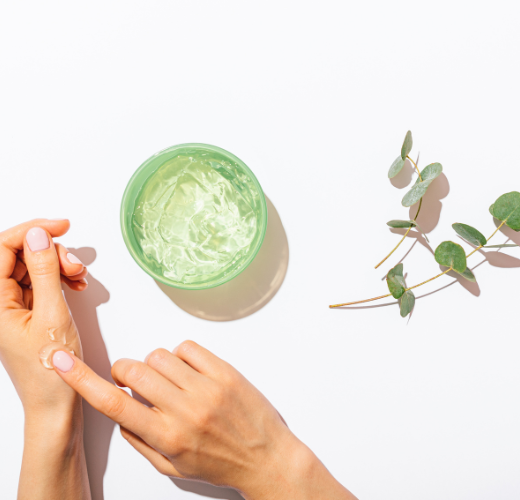Bookmark this in case you get a burn

Between cooking, ironing and even hair-styling, burns get the best of us from time to time. The key to optimal healing is taking action immediately, and here’s what you should do.
Immediately submerge the area in cold water or apply ice to lower the skin temperature as soon as possible. Then, apply fresh aloe (the sticky juice on the inside is the good stuff) or open a vitamin E capsule and apply the oil.
To ensure the best healing possible and minimize scarring, always apply a topical antibiotic and keep the burn covered with a bandage until it heals. You can find a product called Tegaderm at drugstores. It’s a clear plastic dressing that you leave on for three to four days to keep the healing fluids produced by the body on the wound. (This fluid is rich in growth factors and helps the healing process.)
If you start to see any yellow pus, or the area of redness begins to grow and feel hot between six and 12 hours after the burn happens, this can be a sign of infection—so schedule an appointment ASAP!
And just remember, sun exposure after any injury can cause permanent pigment changes, so make sure you keep the wound covered with clothing—or at least SPF 50 until skin color returns to normal.
When a burn blisters, this is part of the skin’s natural healing reaction. While you may be tempted to pick, please don’t. Instead, follow these instructions.
- Boil a needle in water or sterilize with a flame.
- Insert the needle into the side of the blister to release the fluid.
- Put gentle pressure on the blister top so that it releases fluid. (Keep the “roof” of the blister intact.)
- Apply a moleskin bandage (available at drugstores) to protect tender skin until it heals. And save extra moleskin to protect your feet when you are breaking in new shoes!


